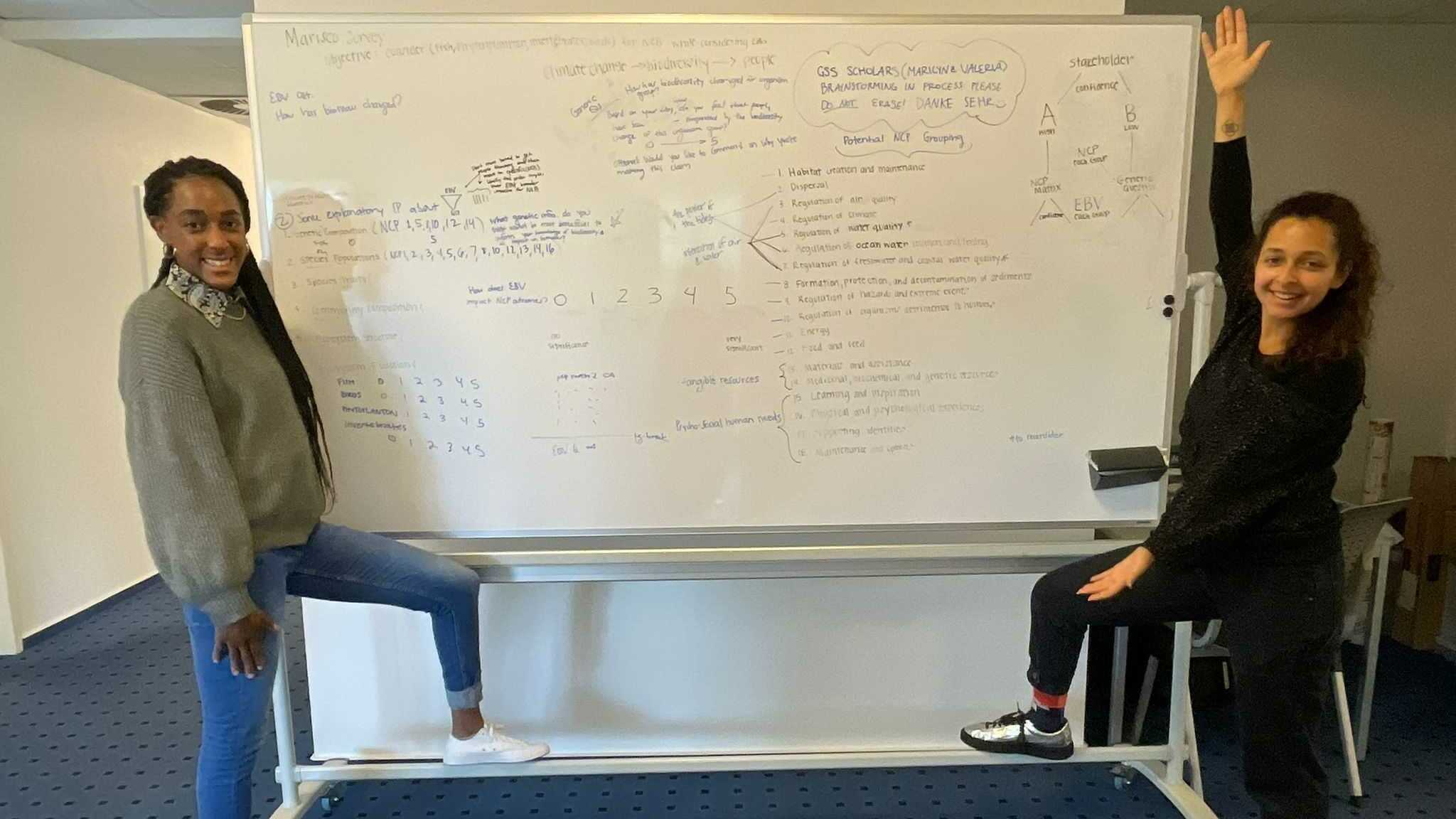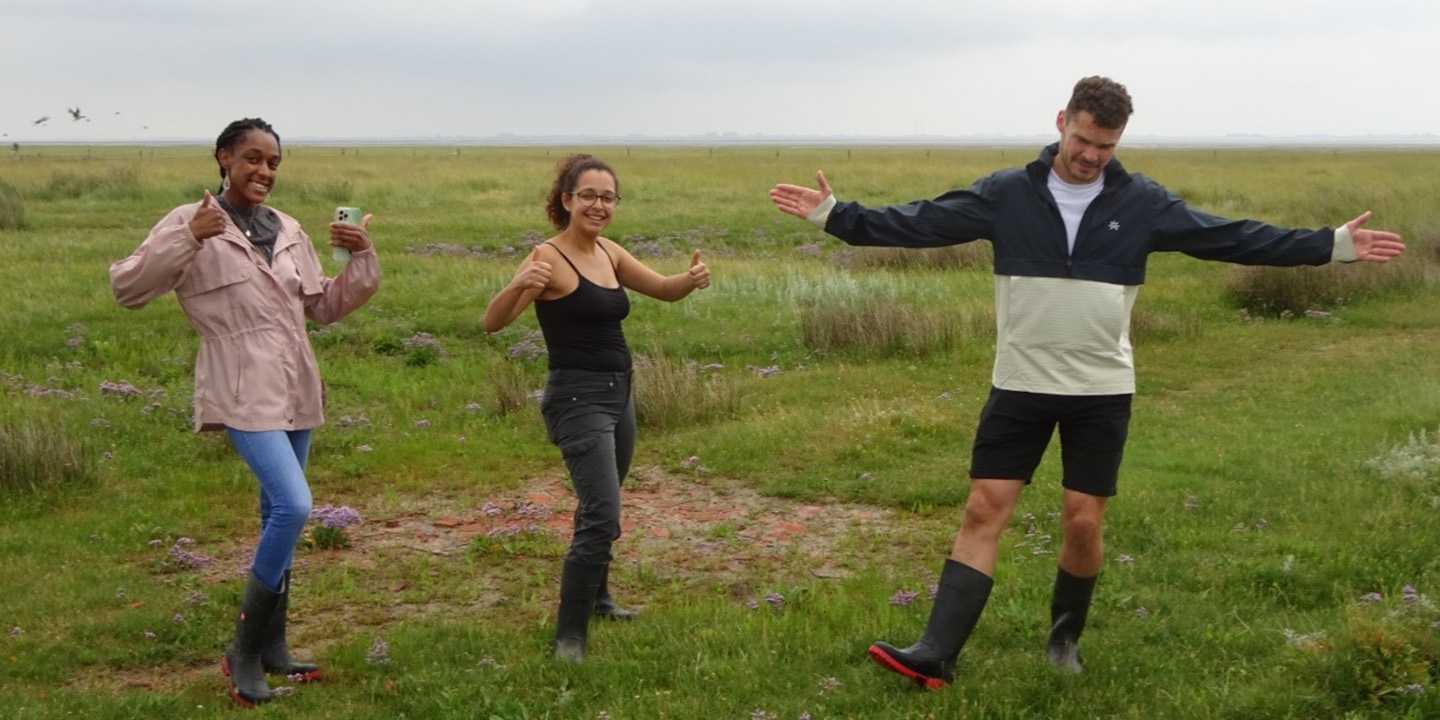My summer spent at the Helmholtz Institute of Functional and Marine Biodiversity (HIFMB) has broadened my horizons and strengthened my research skills. The HIFMB allowed me to explore new areas of research and further develop my interests in advancing how we communicate complex scientific topics to the public. The Global Sustainability Scholars scheme presented me with the opportunity to be a part of international sustainability research focused on water policy and science communication. This was made possible through the Belmont-funded Marine Research and Innovation for a Sustainable Management of Coasts and Oceans (MARISO) project. The MARISO project aims to highlight the intersection between environmental research and policymaking to aid and inspire progressive environmental policy advancements. My work at HIFMB focused on addressing the influence of a rapidly changing climate on biodiversity, specifically at the Wadden Sea, and developing a better understanding of how these changes are affecting people. With a comprehensive understanding of these impacts, an opportunity is presented to explore the best avenues in which to communicate the scientific information to all audiences and bridge the gap between scientific research and policy implementation.
We aimed to perform a holistic review of how biodiversity changes are affecting the Wadden Sea and their communities through the “Natures Contribution to People” framework. The final product of our project was a stakeholder survey aimed to strategically ask questions about the complex scientific data that is currently available and transform it into a format that can be understood by all audiences. This goal exists because there is currently limited information about the way biodiversity changes are affecting people. The information that is available is difficult to understand which in turn makes it difficult to enact the appropriate policy changes when the message is seemingly unclear. When creating the survey, a challenge that was encountered was finding the balance between qualitative and quantitative questions and formatting the questions in a way that would encourage the stakeholders to elucidate their data through our curated approach.
I’ve learned that communication in various spaces will be situational, but skills such as knowing your audience, empathy, and actively listening to understand has proven to be a good place to start in any situation.
In partnership with my co-fellow, Valeria Mendez, who is currently a masters student studying environmental policy and planning, we were able to tackle this complexity and curate a final product that we are exceptionally proud of. We were advised by a very knowledgeable HIFMB Post-Doctoral Researcher, Jan-Claas Dajka, who is actively participating in marine biodiversity research on the Wadden Sea with the MARISCO project. My background in chemical and environmental engineering, and the interdisciplinarity of our individual backgrounds made the project both challenging and beneficial. Despite the challenges, we were able to engage in productive conversation over our shared goals of improving science communication and learning from each other in the process. For me, this project highlighted the complexities of science communication, interdisciplinary research, and international water policy. It is our hope that the questions we curated for the survey will allow for the complex data available to be understood in a simpler format and have a positive impact on the community and contribute to ongoing conversations. We are eager for the responses.

My goal this summer was to develop skills focused on communicating scientific research to non-scientific audiences. Coincidentally I was studying science communication in Germany, a country whose native language I did not speak, which further emphasized the importance of communication and comprehension for me. The opportunity to work alongside inspiring researchers at the HIFMB has given me the confidence to take my knowledge and apply it to my research. I’ve learned that communication in various spaces will be situational, but skills such as knowing your audience, empathy, and actively listening to understand has proven to be a good place to start in any situation. I will be taking the things I learned this year to assist me in bridging the gap between science communication and policy implementation. This summer showed me that this is possible even if we don’t speak the same language.
